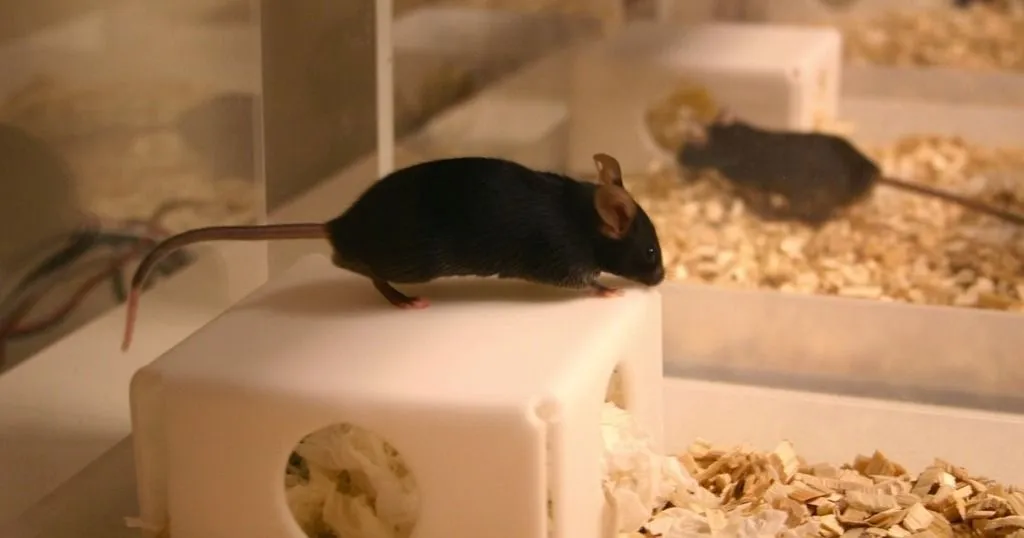Making the impossible possible – Tracking under water in the dark
European eels (Anguilla anguilla) have a life cycle in which both larvae and adults travel incredible distances. The eggs hatch in the Sargasso Sea near North America and the larvae swim all the way to Europe.
Posted by
Published on
Mon 21 Oct. 2013
Topics
| EthoVision XT | Fish | Shoaling Behavior | Swimming | Video Tracking |
European eels (Anguilla anguilla) have a life cycle in which both larvae and adults travel incredible distances. The eggs hatch in the Sargasso Sea near North America and the larvae swim all the way to Europe. Near the European estuaries (the coastal areas with brackish water) they transform into the so-called glass eels that are transparent and approximately 8 cm in size. These glass eels enter the estuaries and move upstream in the fresh water, overcoming all sorts of natural challenges and tackling many obstacles to reach the waters where they will grow up. Then after 5 to 20 years, they mature and make the entire difficult journey back to the Sargasso Sea to spawn and die [1,2].
Dramatic population drop
The number of eels that reaches the European estuaries yearly has dropped dramatically during the last decades, with a drop of at least 90% [2]. Most likely this is caused by overfishing, pollution, parasites, and changes in the ocean currents. However, an increased occurrence of obstacles in the estuaries and rivers, such as hydroelectric plants, may be also responsible for the decline. Eels are a popular delicacy and their dramatic population decline has alarmed researchers. This has led to an increased research interest in the migratory behavior of glass eels.
Severe tracking challenges
Delcourt et al. [3] studied the migratory behavior of glass eels in a laboratory situation. Because glass eels show shoaling behavior, they wanted to investigate the swimming behavior of multiple glass eels simultaneously with video tracking. However, because glass eels travel at night also, the authors had to do part of the tracking in the dark. With the realization that the glass eels are transparent and swim under water, it becomes clear that tracking these animals is a severe challenge. Tracking more than one animal simultaneously is even more difficult.
Fluorescent color markers
The authors used Visible Implant Elastomer Tags (VIE-tags) [4] which were originally developed for capture-recapture studies on swimming animals. These tags are available in six colors that show up under UV light. Four of these tags (red, blue, orange and green) were used as distinct color markers for tracking fish in EthoVision. The pink tag was too similar to the red one under UV light and the yellow resembled green. The authors could successfully track four individual glass eels with these VIE-tags in a shoal of 50 conspecifics.
Beating the challenge
The authors showed that many glass eels swim alternatingly with and against the current, following the tidal rhythm. This way they can swim up to 21 km in 8 days in a laboratory setting, which is comparable to what is found in estuaries. The authors hypothesize that tracking more animals simultaneously should be possible if VIE tags become available in additional colors. Furthermore, they give the suggestion to make color tracking with a combination of color markers on one individual possible, or to identify the animal by the intensity of the color marker. With the current method the authors already have beaten the challenge to track multiple animals under extremely difficult circumstances.
References
- http://en.wikipedia.org/wiki/Eel_life_history
- http://en.wikipedia.org/wiki/European_eel
- Delcourt, J.; Ylieff, M.; Bolliet, V.; Poncin, P.; Bardonnet, A. (2011). Video tracking in the extreme: A new possibility for tracking nocturnal underwater transparent animals with fluorescent elastomer tags. Behavior Research Methods, 43 (2), 590-600.
- VIE tags, (Northwest Marine Technology Inc., Shaw Island, WA, USA), http://www.nmt.us/products/vie/vie.shtml
Related Posts

Home cage behavior and epilepsy in the Stargazer mutant mouse

